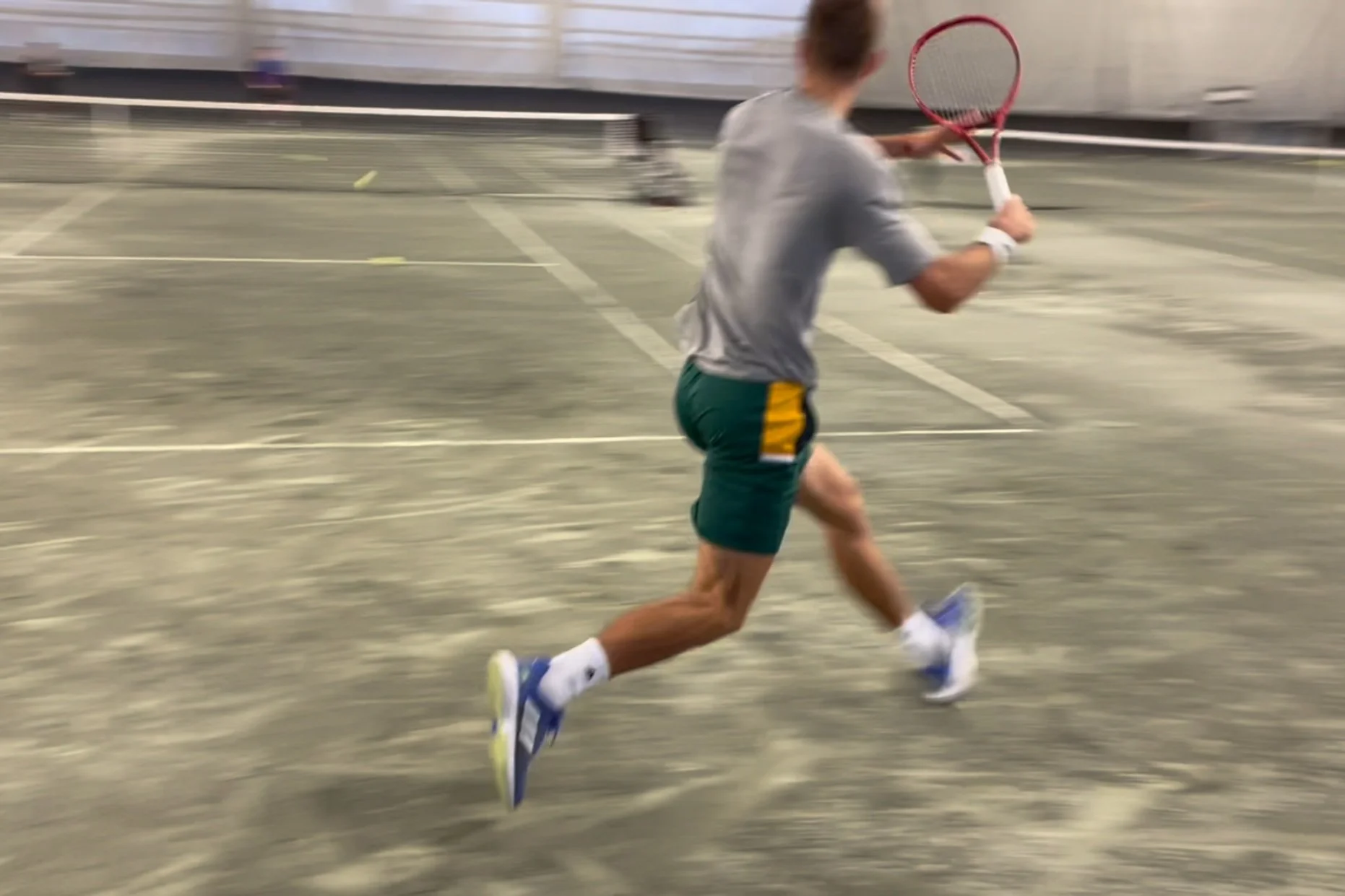Tennis itself is primarily an individual sport. Even if you play mostly doubles, individual differences between players exist at all levels of the game. This concept is known in sport science as the principle of individualization. Research studies and coaching experience tell us that all athletes respond differently to training. That’s why many fields of study exist - from psychology, to motor learning and strength & power training - each attempting to answer questions that help us better understand human behaviour and the stress-adaptation process (and why there is so much variation in responses to the same training stimuli!).
Viewing entries tagged
training principles
In the last couple of posts, we explored two key sport science training principles, progressive loading and variation. These training principles were linked to both off-court as well as on-court training for the elite/developing tennis player - in hopes that they could provide the astute coach or player with more insight into the organization of practices and long-term training schemes. But the principles don’t stop there. There are other of equal - or perhaps even greater - importance, especially when it comes to tennis training.
Specificity is this week’s topic of interest. It’s a term that’s been somewhat of a buzzword for the better part of a decade (or longer). Often times, tennis coaches, players and parents are brought to believe that to be a successful tennis player, one must be subscribed to a physical development program that is ‘tennis specific’. When these same tennis folks see programs that include a variety of plyometric work and ballistic lifting in the weight room instead of rotational band work, quick footwork drills, and other movements that ‘mimic’ tennis play, they think to themselves - “this isn’t tennis-specific”. I’ve got news for you though, there’s only one training component that is truly specific to tennis play and that’s...wait for it….TENNIS!



